Want to add a hotel stay or change your flights?
Just call our team of cruise specialists to help build your dream cruise holiday today!
Prices based on 2 people sharing. Cruise only price does not include flights. Fly-cruise price may vary by chosen UK airport.
(Prices correct as of today’s date, are updated daily, are subject to change and represent genuine availability at time of update).
Cruise only holidays are financially protected by ABTA. Fly cruise holidays are financially protected by Cunard Line under ATOL number 6294
Please click here to check the essential travel requirements before booking this cruise.
Itinerary

Barcelona
The infinite variety of street life, the nooks and crannies of the medieval Barri Gòtic, the ceramic tile and stained glass of Art Nouveau facades, the art and music, the throb of street life, the food (ah, the food!)—one way or another, Barcelona will find a way to get your full atte... Read More
Barcelona
Palma de Mallorca
At Sea
Ajaccio, Corsica
At Sea
Messina Strait
Messina
Salerno
Civitavecchia
Messina Strait
Cephalonia
Corfu
Kotor
Split
At Sea
Trieste
Zadar
Dubrovnik
At Sea
Valletta
At Sea
Palma de Mallorca
Barcelona
What's Included with
Cunard Line
Sail in luxury onboard a Cunard Cruise ship. With butler service available in all suits you can sit back and relax. You’ll find all the essentials onboard, allowing you to have the rejuvenating holiday you wanted.
Breakfast, lunch, dinner and snacks in a choice of included dining venues
Use of swimming pools, hot tubs, fitness centre and leisure facilities where available
Tea and coffee in seleted venues
Butler service in all suites
Shuttle service to and from ports and airport where available
Explore Queen Victoria








Queen's Grill
The pinnacle of fine dining at sea, exclusively for guests staying in our Queens Grill Suites.
Drawing inspiration from the world’s finest kitchens, the Queens Grill restaurant offers a true taste of fine dining on board, elevated by a front of house team for whom nothing is too much trouble.
Open for breakfast, lunch and dinner daily, with a Grills Afternoon Tea served separately in the Grills Lounge, a visit to the Queens Grill always feels like a special occasion.
You’ll be dining among your fellow Queens Grill guests, with a table reserved for your exclusive use throughout your voyage. There’s no need to book. Simply arrive whenever you’re ready and your table will be waiting. You may even choose to take your meal in your suite, should you wish.
Each day introduces a coveted line-up of à la carte dishes, complemented by an ‘always-available’ menu of appetisers, entrees, and desserts, executed with exemplary flair and finesse.
Alternatively, opt for one of our chef’s speciality sharing dishes (orderable in advance at breakfast or lunchtimes). From beef wellington to rack of lamb, the choice is truly indulgent. Each dish (along with select offerings on our menu) is finished and presented to you table-side, only heightening the sense of theatre that’s a signature of Queens Grill dining.
Dining at the Queens Grill restaurant is exclusive to Queens Grill guests and included within your Cunard fare. The restaurant operates relaxed dress by day and smart attire (jacket optional) for dinner service after 6.00pm, except on Gala Evenings when we invite you to dress in black tie.
Gluten free and vegetarian dishes are available. If you have any food allergies or other dietary requirements, please inform us by phone after booking your voyage. Find out more about dietary requirements on board.




Insights & Enrichment
Discover new ways to learn and grow with the remarkable guest speakers and classes we host on board.
During your voyage, you may be joined by some famous faces with fascinating stories to share - perhaps a famous writer, actor or musician or possibly an eminent scientist, explorer or politician. Join one of our Cunard Insights talks to be entertained and informed by thought provoking stories, occasionally in intimate settings. You can even improve your iPad and computer skills with our i-Study Enrichment Programme.

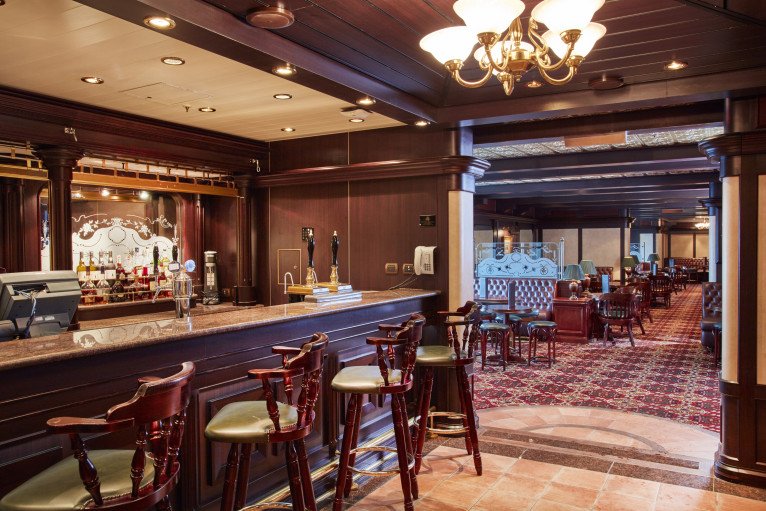









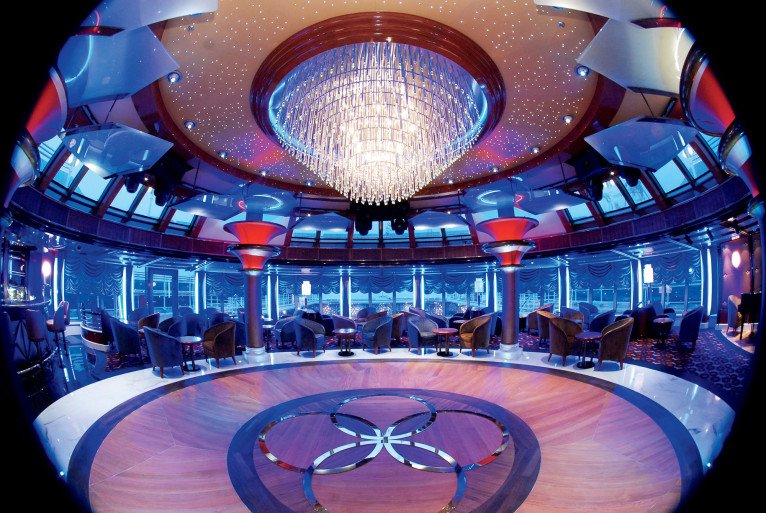






Commodore Club
Succumb to the charms of this magical, light-filled bar, with its scintillating views from the bow of your ship.
Inspired by legendary Cunard Commodores who have expertly captained our fleet over the years, this charming bar offers an ideal setting in which to enjoy an early-evening aperitif or an after-dinner nightcap.
Savour the sweeping views across the horizon as you sip on a cocktail, a classic fine wine, or a premium aged whisky, prepared with signature flair and served at your table.
Visiting at golden hour brings the promise of vibrant orange and pink-streaked sky as the sun sets over the ocean - arrive early to secure a window-side table - while clear nights may reveal a star or two glimmering in the distance.
Those stopping in before dinner will be treated to a complimentary selection of canapés with their drink; just one of many little surprises you’ll experience throughout your ship, while evenings come alive against the soothing sounds of a live pianist.
The pièce de resistance, however, is the collection of cocktails inspired by seven of our most decorated Commodores; each with its own intriguing backstory.
From the quintessential British notes of Land of Hop & Glory, inspired by Commodore Sir Cyril Illingworth, to the Commodore’s Cure, a tribute to Commodore Sir James Bisset, these unique concoctions are as legendary as the men they serve to honour.



Mareel Spa
Discover a sanctuary of relaxation that takes inspiration from the oceans on which our ships sail.
Welcome to Mareel Wellness & Beauty, available on Queen Mary 2, Queen Elizabeth and Queen Victoria. A space far away from the stresses and strains of the everyday, with experiences that refresh and transform.
Mareel Wellness & Beauty takes inspiration from the oceans on which our ships sail to indulge your senses—mind, body and soul. We invite you to relax, enjoy renewed energy, improved health and appearance with comprehensive spa, beauty and fitness facilities on board.
The Mareel Spa is available on all our ships and offers a range of ocean-inspired massage, body, facial and alternative treatments that transform and heal. Our Aqua Therapy Centre provides a unique water environment for guests to explore including a Thermal Suite, Hydrotherapy Pool and Relaxation Area. Access to the Aqua Therapy Centre is available with a single or multiday pass.


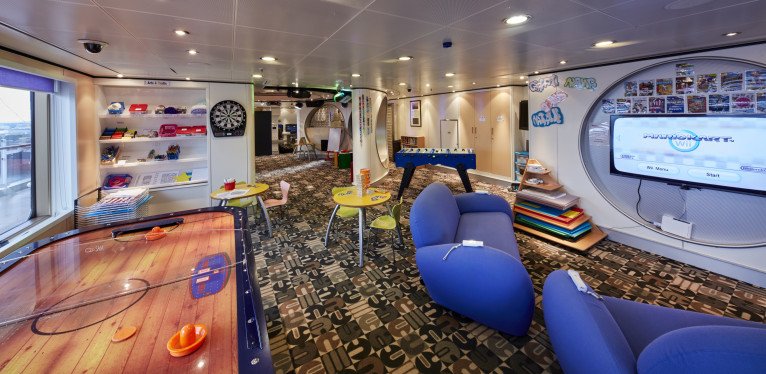

Night Nursery
Enjoy your holiday even more, knowing that your little ones have a safe place to sleep each evening.
There's a great sense of freedom to be had when you can enjoy drinks, dinner or a show knowing that your little ones are sleeping soundly. Available on a first come first served basis, our free of charge Night Nursery equips you with a pager so we can contact you if need be or, if you let us know your plans, we'll come and find you. For that extra peace of mind professional childminders are on hand. Suitable for children aged 6 to 23 months and open from 6pm to 11pm.
Deck 1

- Staterooms
- Royal Court Theatre (Lower)
- Connexions
- Grand Lobby
- Pursers Office
- Tour Office
Deck 2

- Royal Court Theatre (Middle)
- Stateroom
- Golden Lion Pub
- Queens Room
- Queens Arcade
- Voyage Sales Office
- Cunardia
- Library (Lower)
- The Verandah Restaurant
- Chart Room
- Britannia Restaurant (Lower)
- Britannia Club
Deck 3

- Royal Court Theatre (Upper)
- Promenade Deck
- Shops
- Royal Arcade
- Art Gallery
- Connexions
- Cunardia Gallery
- Library (Upper)
- Grand Lobby
- The Book Shop
- The Alcove
- Midship's Lounge
- Britannia Restaurant (Upper)
Deck 4

- Penthouses
- Queen Suites
- Princess Suites
- Staterooms
Deck 5

- Penthouses
- Queens Suites
- Princess Suites
- Staterooms
Deck 6

- Grand Suites
- Penthouses
- Princess Suites
- Staterooms
Deck 7

- Grand Master
- Queen Suites
- Princess Suites
- Penthouses
Deck 8

- Royal Suites
- Queens Suites
- Princess Suites
- Staterooms
- Laundrette
Deck 9

- Royal Spa
- Fitness Centre
- Aerobic Area
- Spa Reception
- Hair Salon
- Thermal Suites
- Pavilion Bar
- Hydropool
- Pavilion Bar
- Pavilion Pool
- Winter Garden
- The Lido Restaurant
- Lido Pool Grill
- Stage
- Lido Pool Bar
- Lido Pool
- Whirpools
Deck 10

- The Commodore Club
- Royal Spa & Fitness Centre (Upper)
- Churchills Lounge
- Admirals Lounge
- Yatch Club
- Children's Outdoor Area
- Teens Outdoor Area
- The Play Zone
- The Zone
Deck 11

- Sports Deck
- The Terrace
- The Grills Lounge
- The Courtyard
- Queens Grill
- Princess Grill
Deck 12

- The Grill's Upper Terrace
Queen Victoria Cabins & Suites



Standard Inside



Britannia Oceanview




Britannia Club Balcony












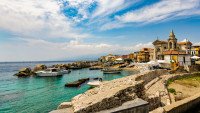
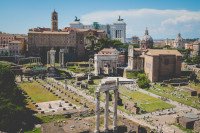

















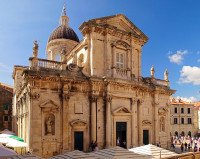
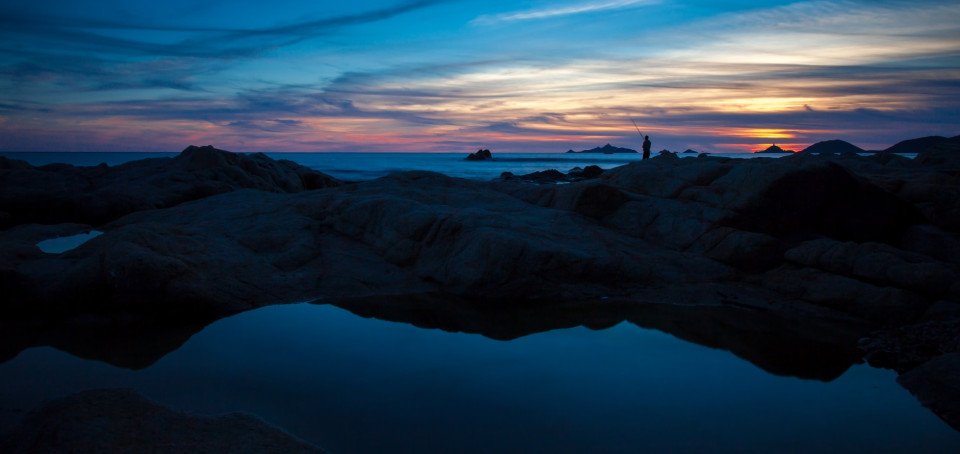
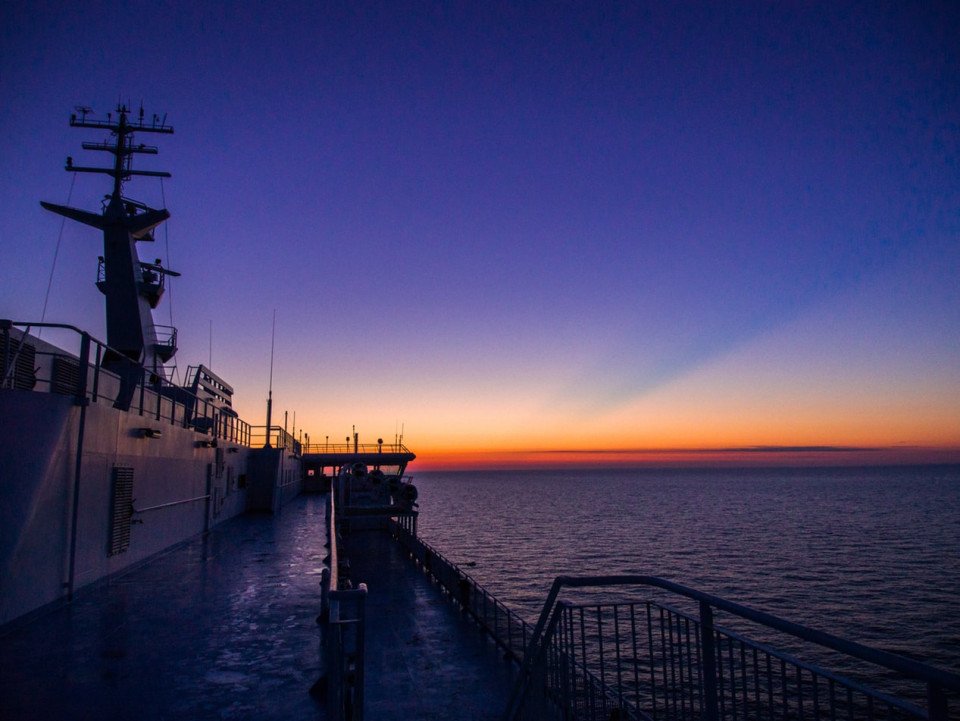












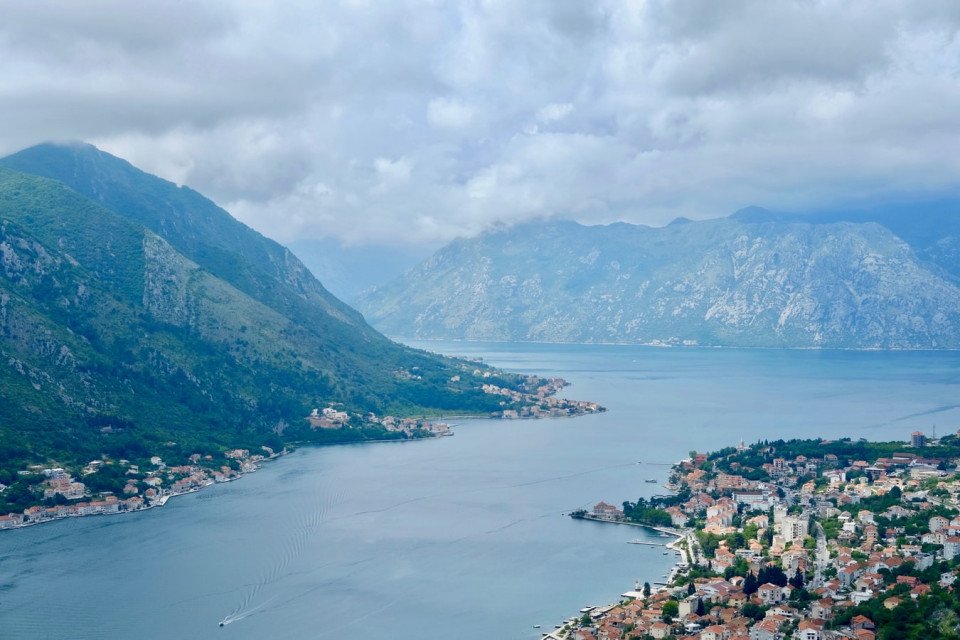


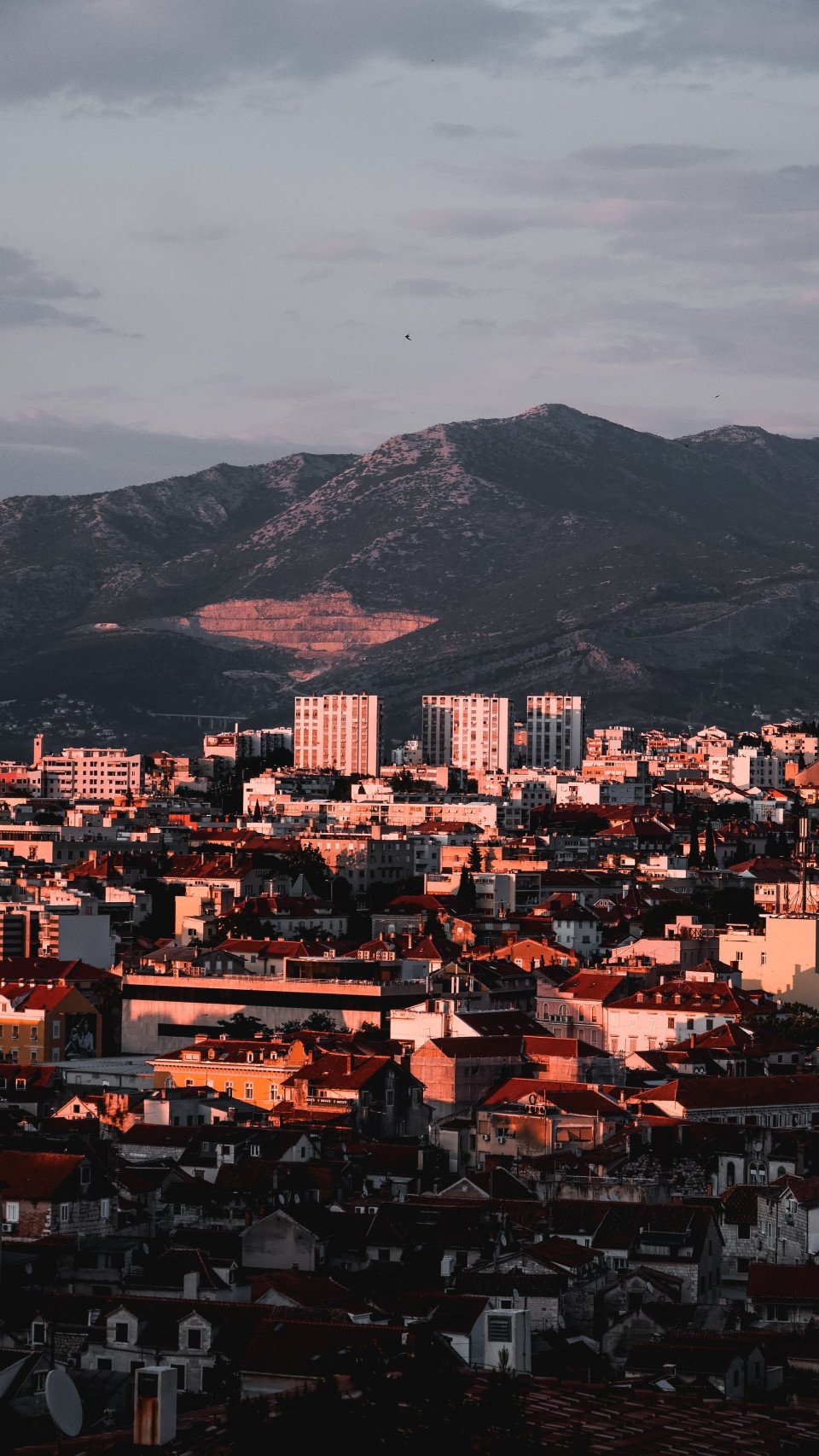
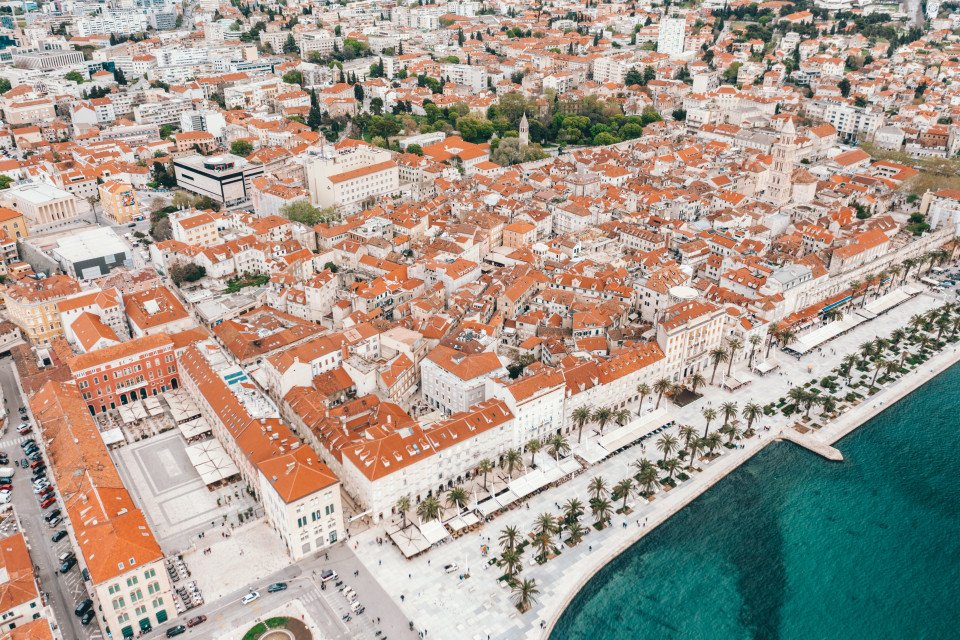











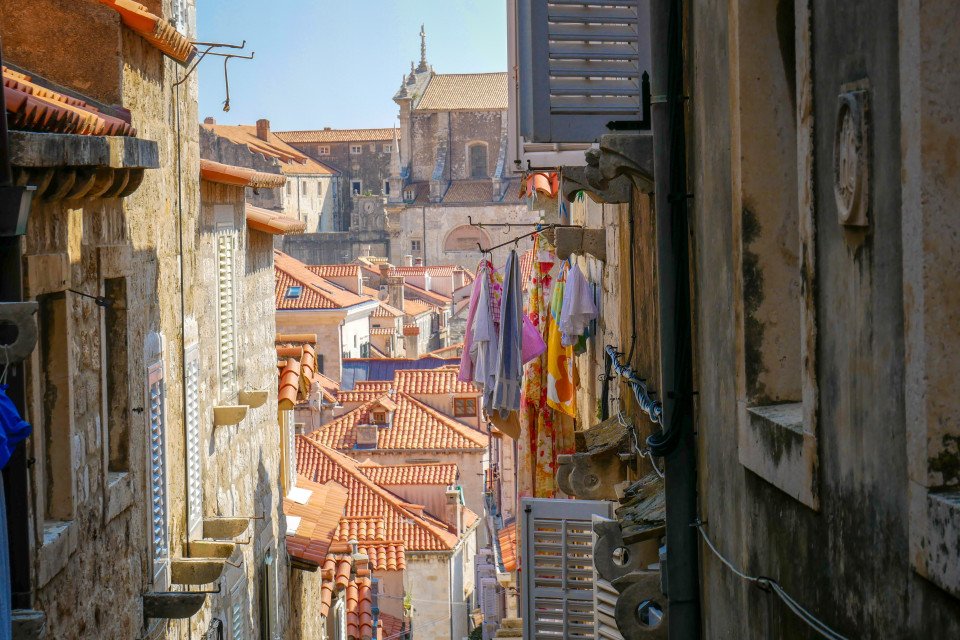














-large_thumb.jpg)





-large_thumb.jpg)